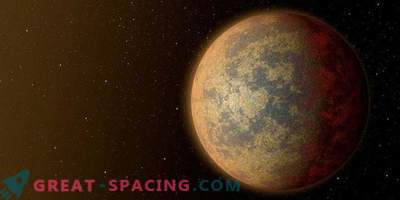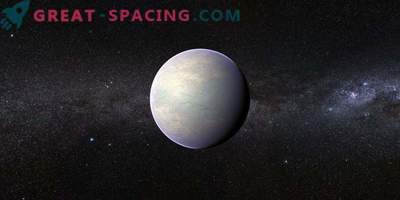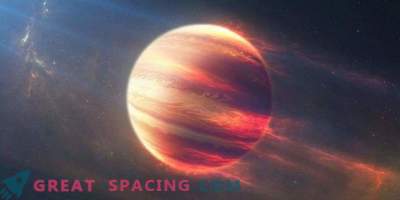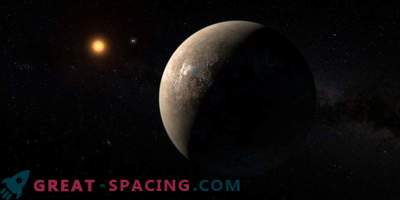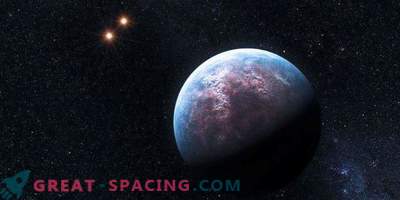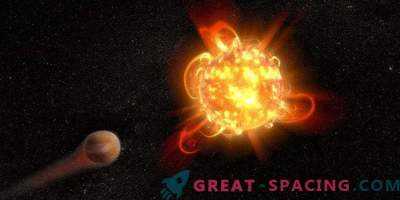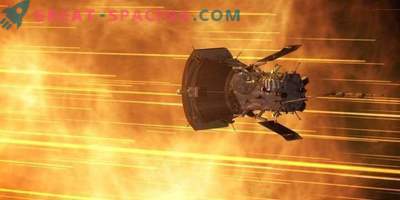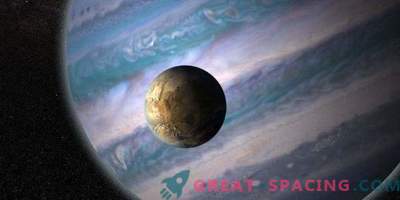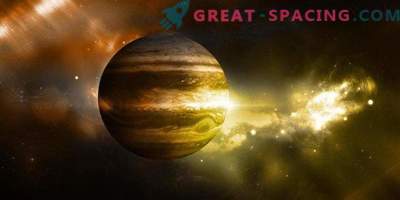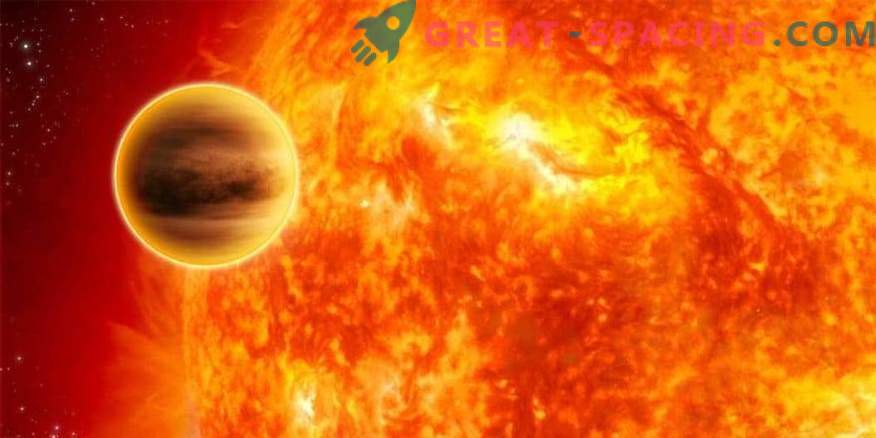
Artistic vision of hot Jupiter - a planet orbiting a star with roughly solar parameters.
The new “solar” mission of NASA is able not only to study the native star, but also to provide valuable information regarding alien worlds. The sun plays an important role in our life, as it provides heat and light. However, if it were not for the dense atmospheric layer, then we would have lost protection against harsh solar conditions. But there are many such stars, which means that somewhere a planet can live in a comfortable point of space, like ours.
It turns out that a careful study of the native star will help to understand the planets, remote for long distances. This fall, the Parker probe, launched in August, will begin exploring how the sun works. Exoplanetary scientists will closely monitor this in order to understand what data should be guided in foreign systems.
The researchers plan to pay special attention to particles and high-energy photons that are dangerous to the Earth. The sun gives us an extreme amount of particles with a large amount of UV light. Without a protective atmosphere, this would be enough for DNA damage inside the cells (cancer). In addition, during the period of extreme solar flares (coronal mass ejections), high-energy particles overload the terrestrial magnetic field and negatively affect technologies (satellites and ground-based apparatuses). If the alien world lacks protection, then such particles are able to be the decisive factor in the habitability aspect of exoplanets. Of course, the planet may have an atmosphere, but with abundant bombardment with star particles, it simply will not be enough for protection. The study of high-energy outflow is difficult to carry out at a distance, so the Parker probe will play an important role.
The spacecraft will approach the Sun at a distance of 6 million km from the “surface” (many exoplanets are suspended at the same distance from their native stars). Most of the worlds close to the stars belong to the category of hot Jupiter, although they themselves are not gaseous. There is an assumption that if the worlds themselves are dead, then their large satellites are capable of having life or being suitable for it. And there is nothing crazy about it, because the moons of Jupiter and Saturn are already considered as future possible colonies.
Researchers will observe the data obtained and use them to limit the criteria for the world to be suitable for life. It is important to note that high-energy radiation, such as UV light, not only destroys unprotected life, but is also able to deceive the researcher, hinting at the presence of something “alive” in the world. The fact is that UV light destroys water and creates oxygen (the key signature of life). Also, the spacecraft will help to understand how solar dynamics is formed due to the magnetic field.


